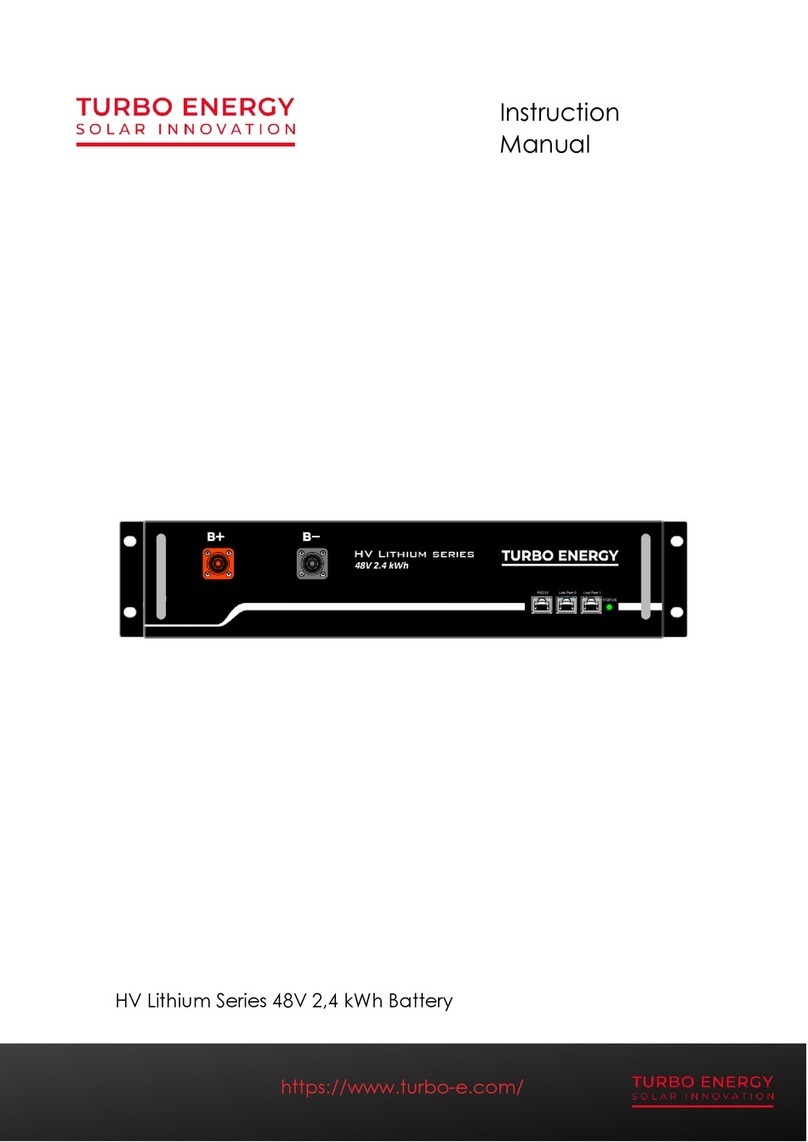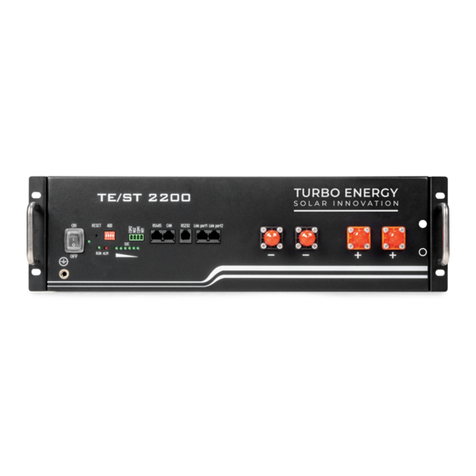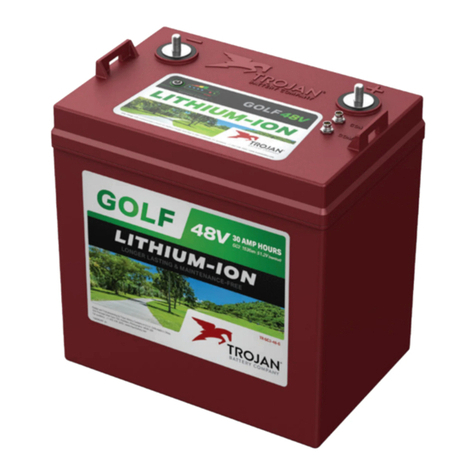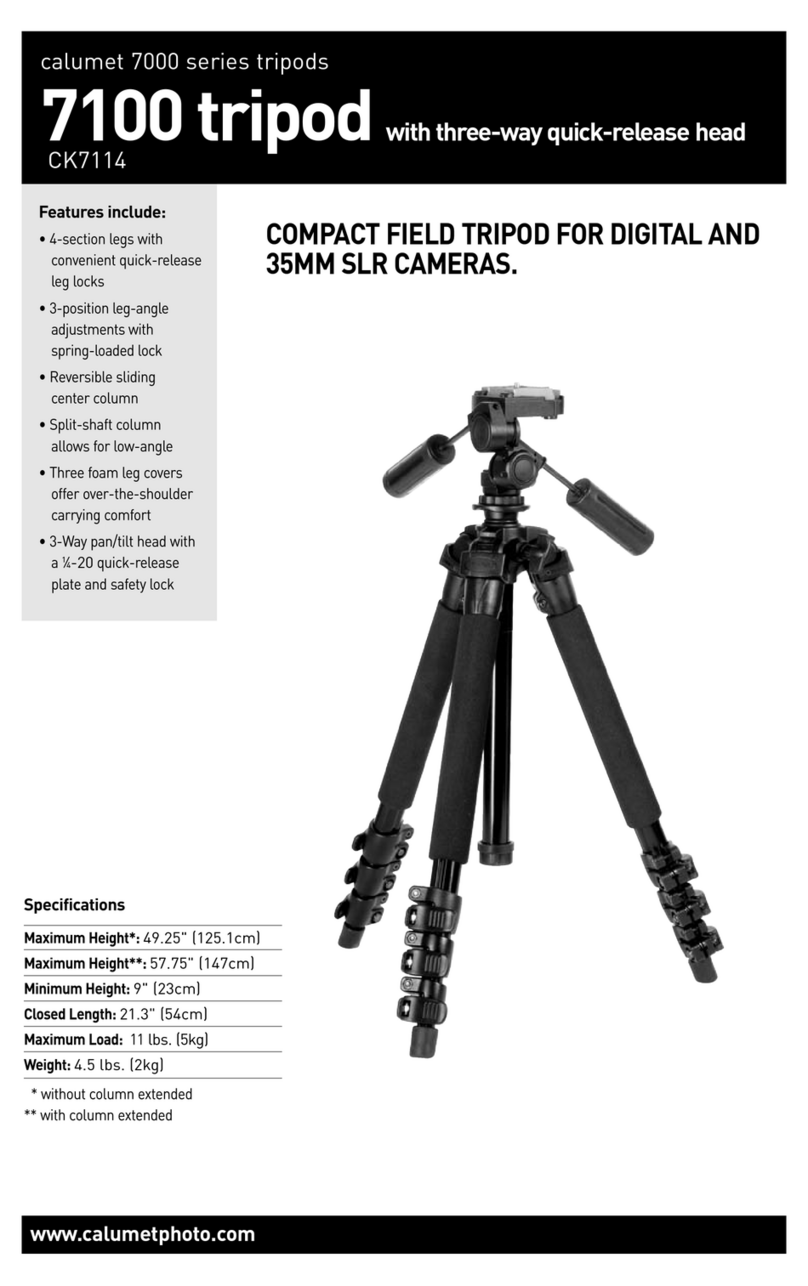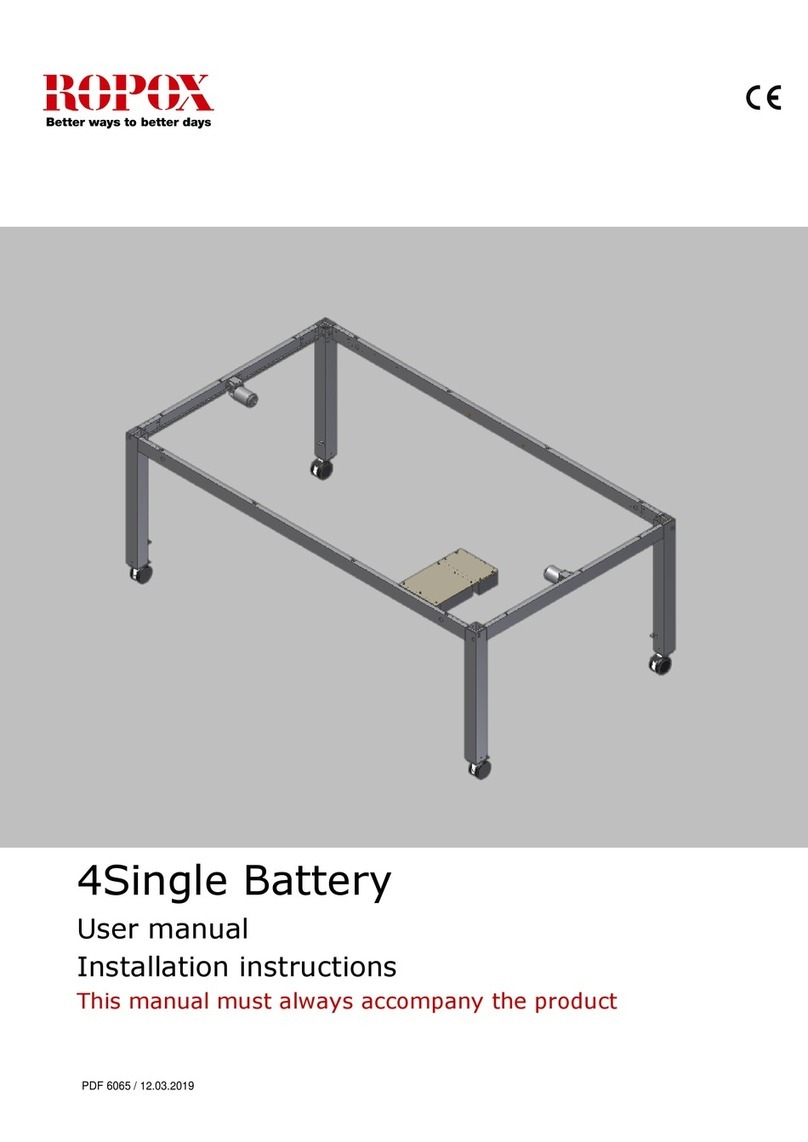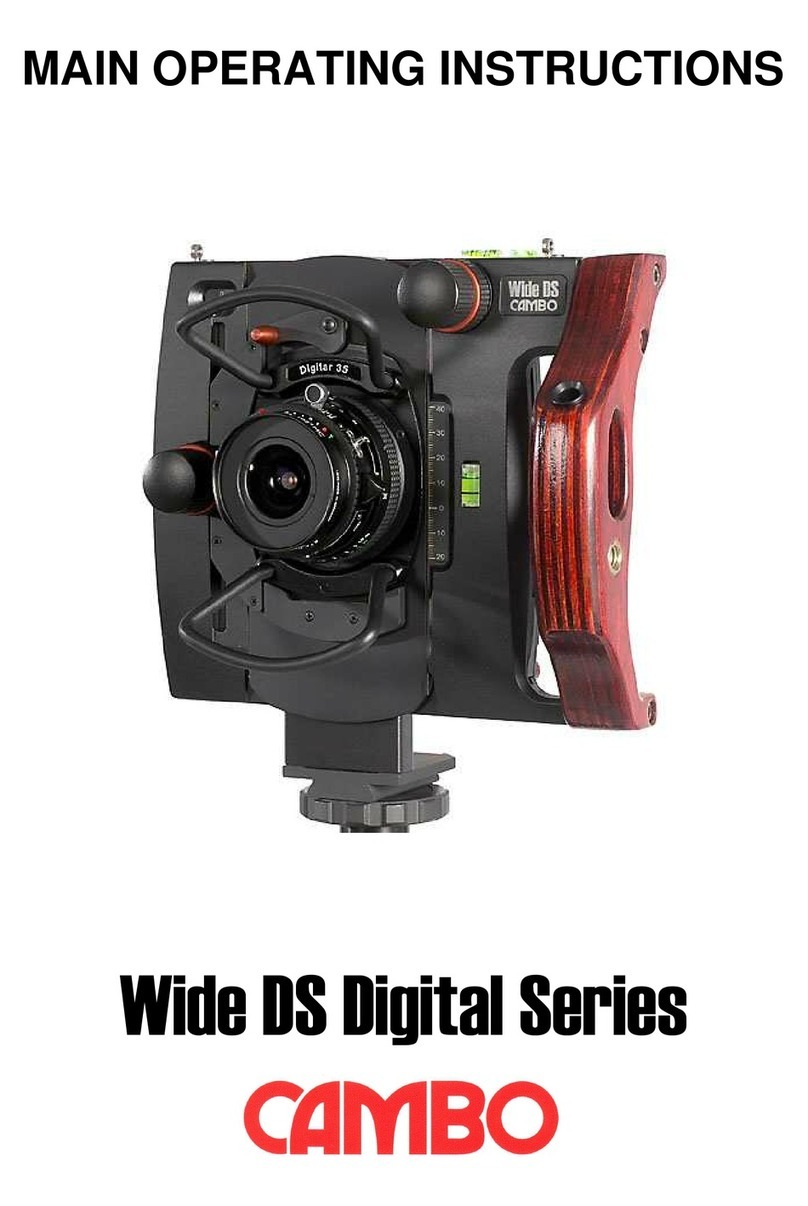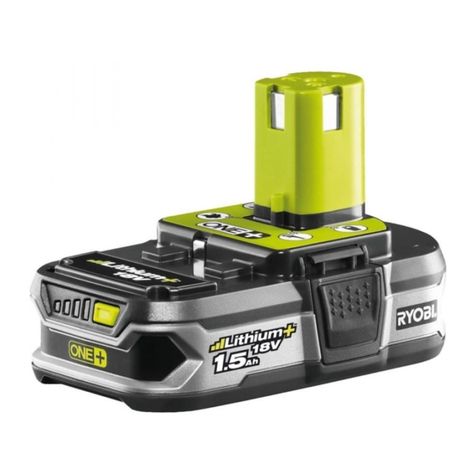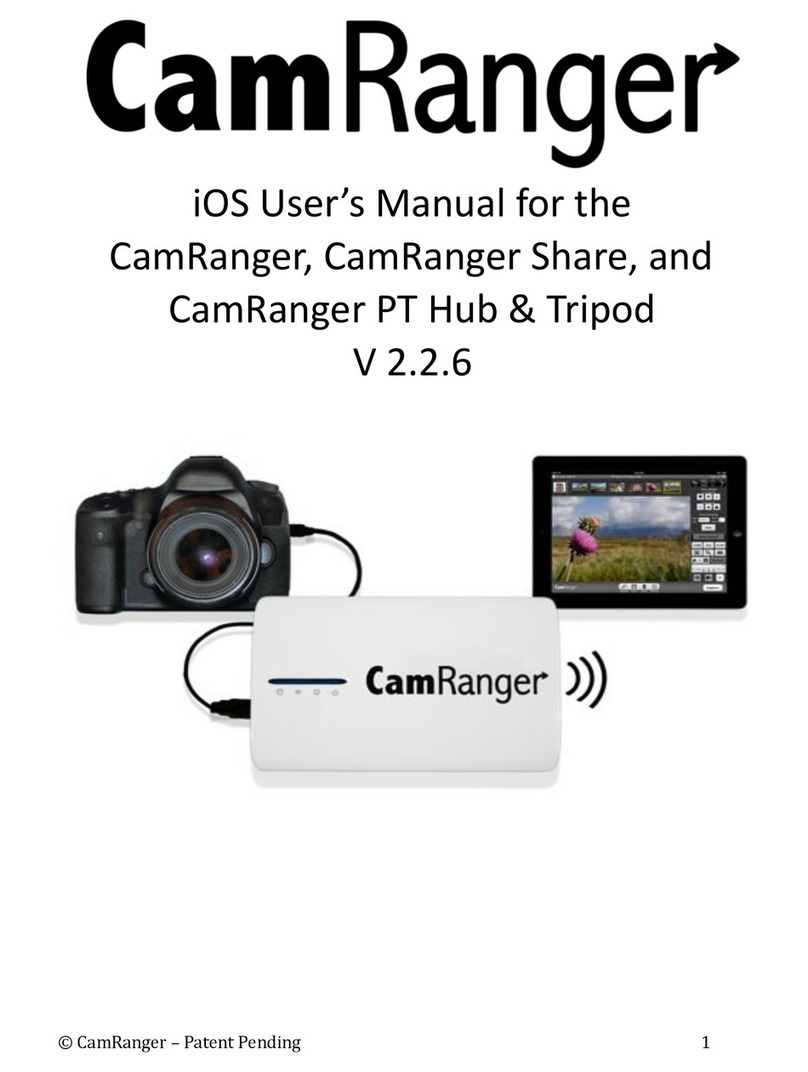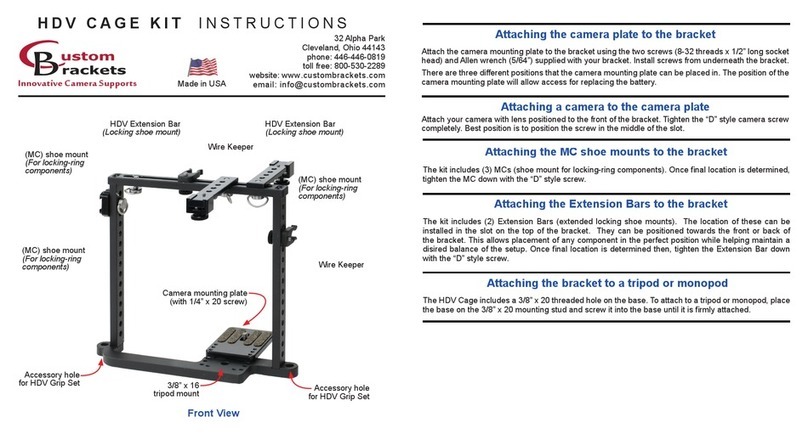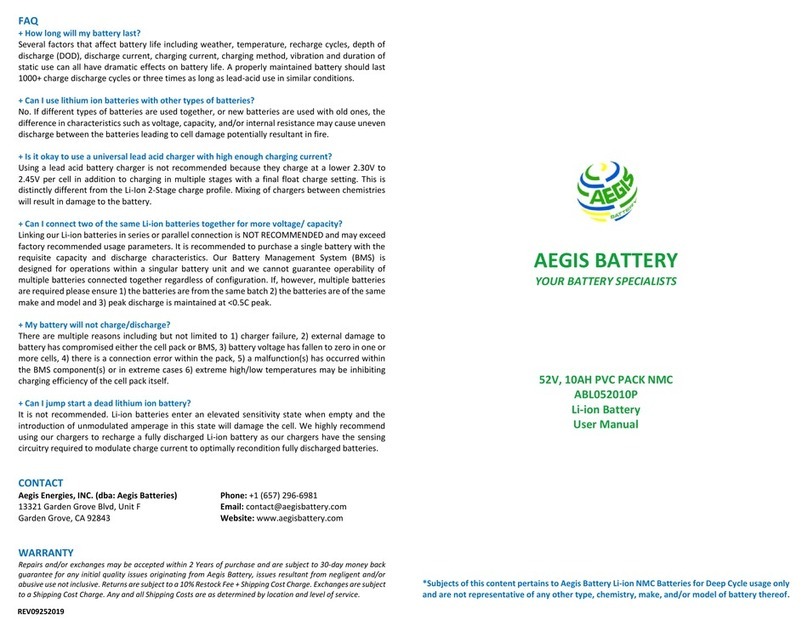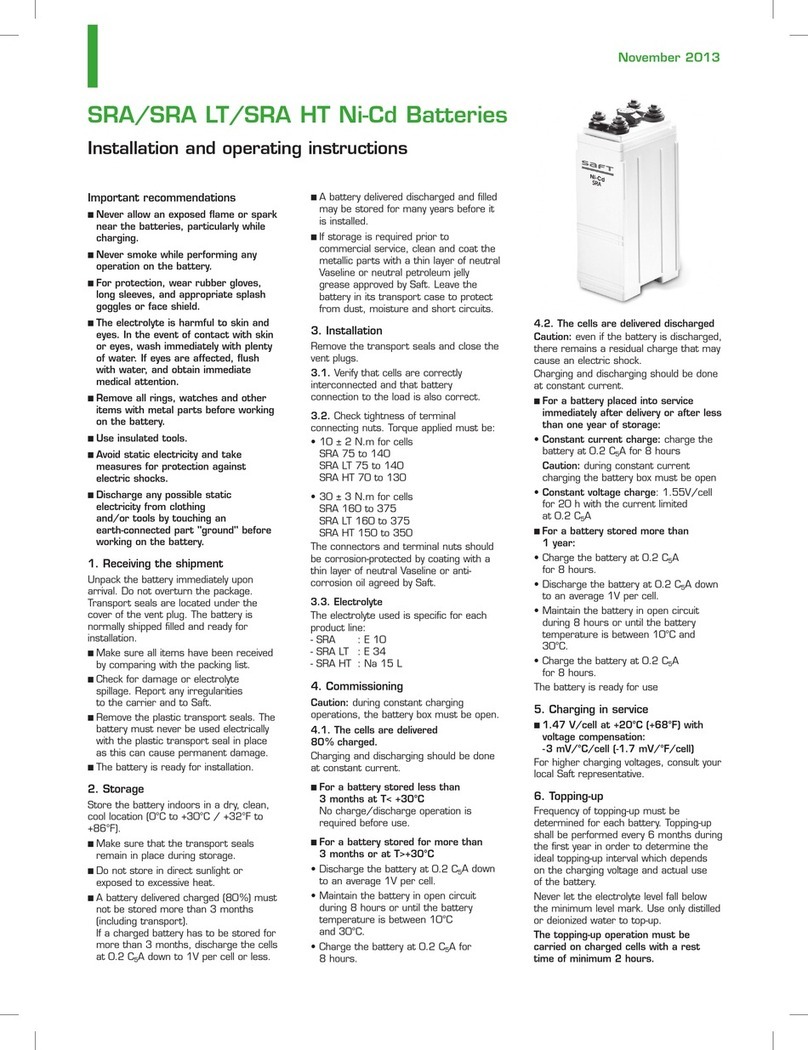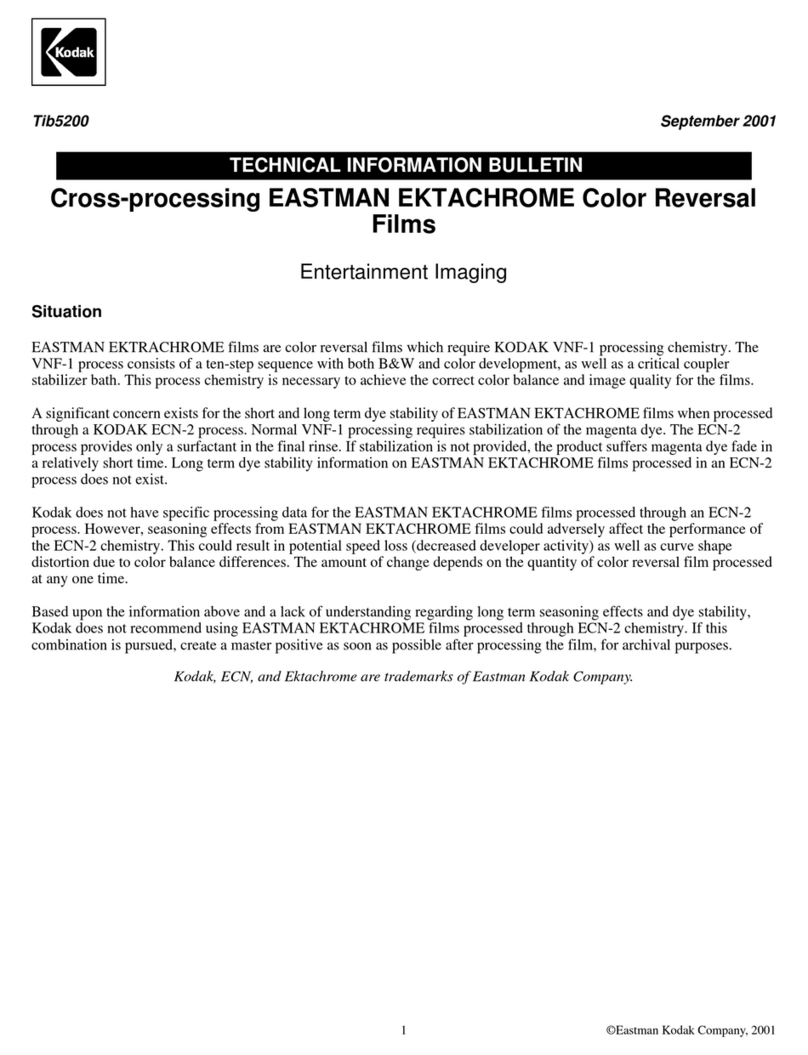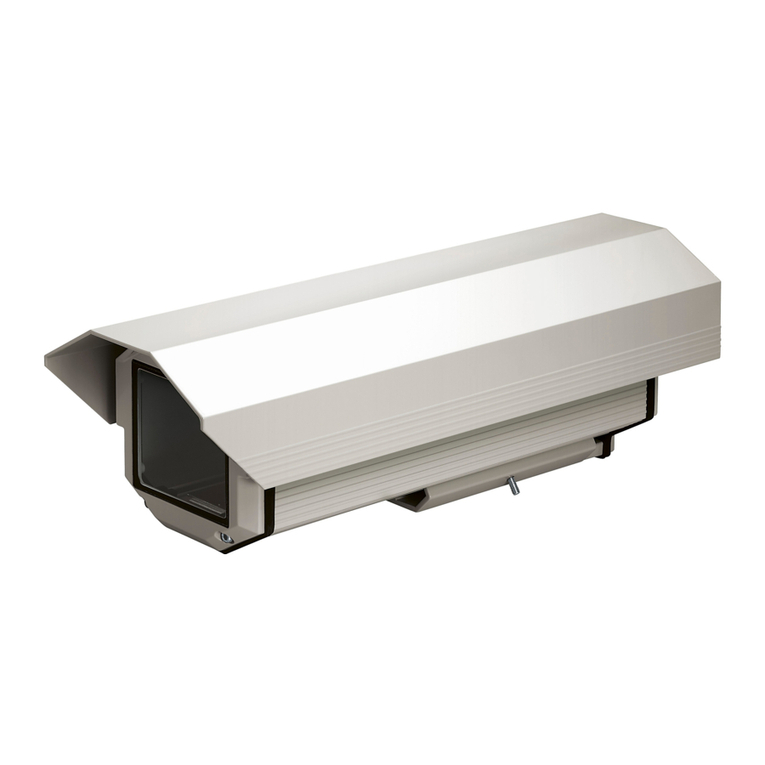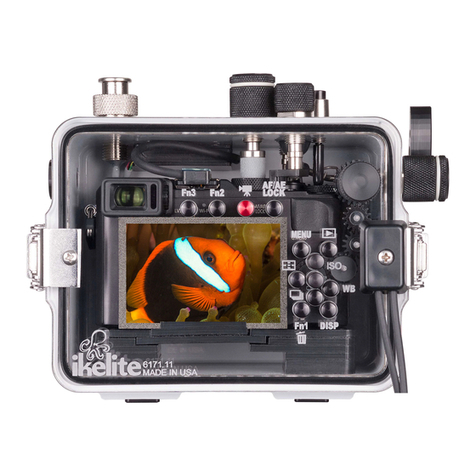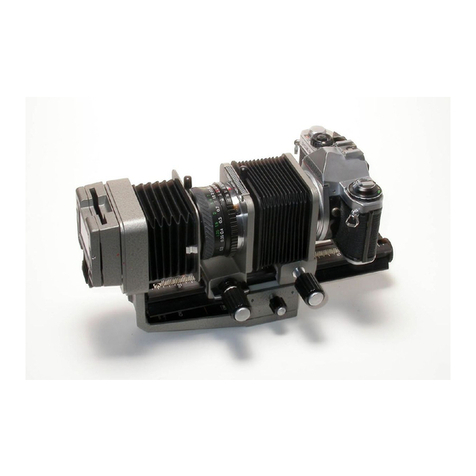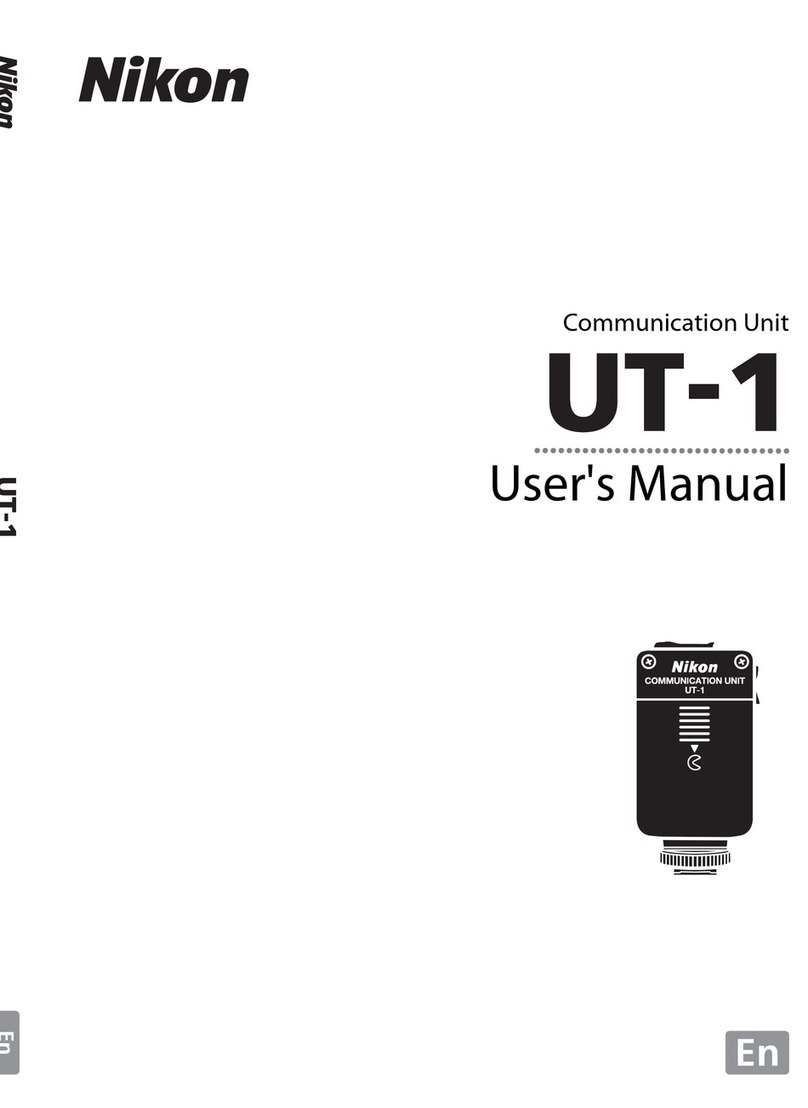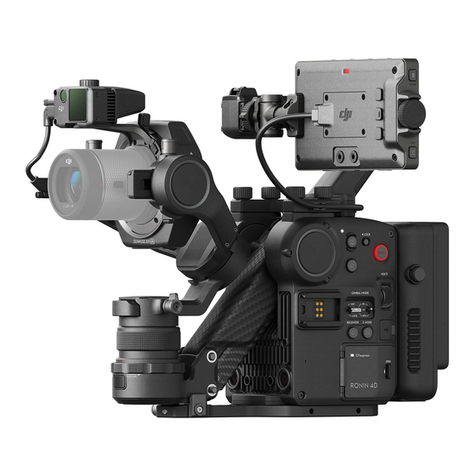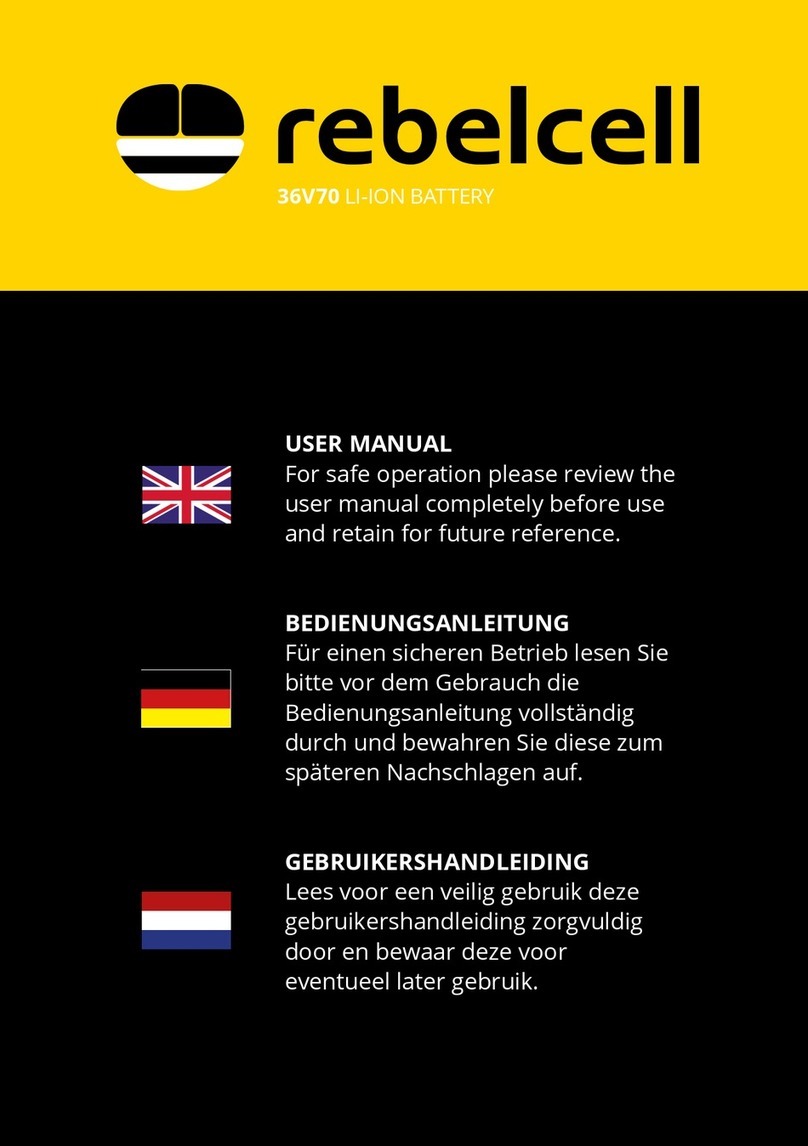NOTE: Each power cable can carry a maximum of 120A, so for every two batteries a
new cable would need to be connected to the inverter. However, if the inverter is 5 kW
with a cable it would be enough to be in the limit of the maximum recommended
current.
Warning when doing a battery extension:
It is very important that in the case of connecting batteries in parallel that
are not new (for example, we add a new battery to an existing system), we
previously perform a voltage balance (without load) between them to avoid
overcurrents that could harm the system. As an alternative to voltage
balancing, a balancing can be done by equalizing the SOC of the batteries.
In addition, when connecting the new batteries, we must consider that the
number of batteries at the time of connection must be similar to the number
of batteries that are already connected to the system. For example, if we
have five batteries installed and we want to connect a new one, we must
first connect the new battery with two of the five that were already there so
that they balance, and then connect these three with the other three
remaining batteries in the system. Batteries should always be connected in
groups of similar numbers so that a large group cannot damage a smaller
group of batteries at the time of connection.
5.3.1.
CONFIGURATION WITHOUT COMMUNICATIONS
For those cases where the battery is intended to work connected to an inverter
without communications, it is not necessary to select a specific setting of the DIP
switches and the batteries do not need to be connected to each other with the
communication cable.
